Entomology
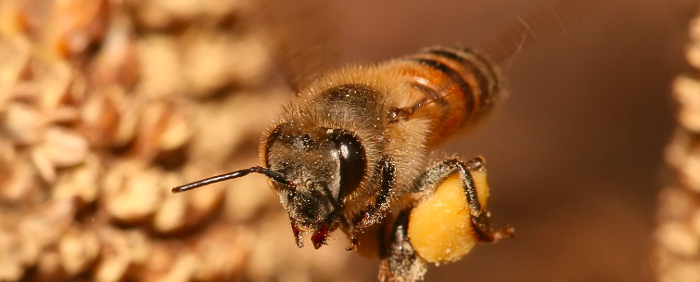
Valuable Allies – Beneficial insects – Entomology
July 21, 2021Insects and other arthropods do us countless services, often without our knowledge. If they disappeared overnight, our daily life would be turned upside down! Without them, the whole chain of life would be profoundly changed and the effects on the environment and humanity would be disastrous. Examples? The pollination of many plants would no longer be assured. A host of […]
Read More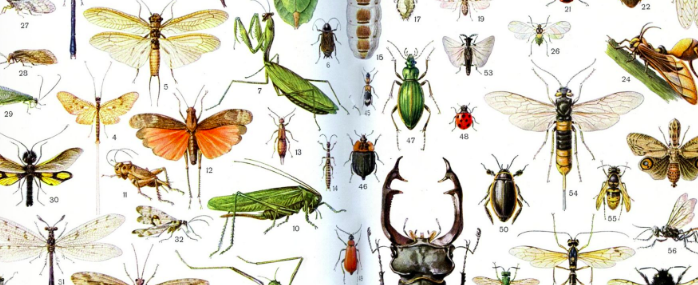
Classification of Insects – Insect orders with table
July 15, 2021In order to classify insects, scientists have separated them into around 30 groups called orders. Representatives of the same order have kinship ties which are based on the shape of their body, their legs, their mouthparts and, in particular, their wings. The scientific name given to each of these orders usually ends with the suffix “pteras”, a […]
Read More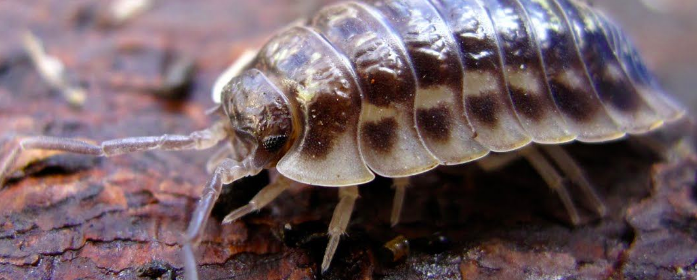
Woodlice – Entomology
July 15, 2021This arthropod belongs to the order of the Isopods, of which the vast majority of the 10,000 known species inhabit the marine environment. It is a Crustacean. It is therefore closer to shrimps, crayfish, lobsters and crabs than insects and centipedes. Woodlice have an oval body and are approximately 12-15mm long, not exceeding 19mm. They are usually dull […]
Read More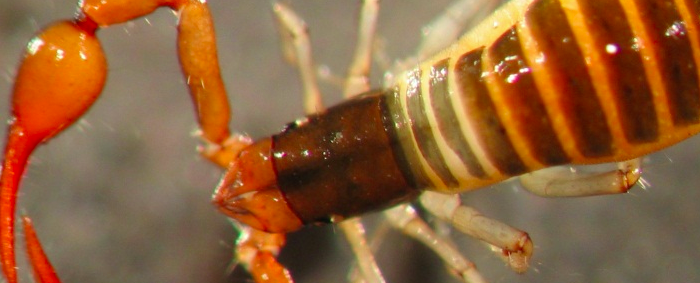
Pseudoscorpion – Entomology
July 15, 2021Pseudoscorpions look like very small scorpions with an oval, flattened body. Like the latter, they carry a pair of large pedipalps terminated by claws. On the other hand, they do not have a sting at the end of their abdomen and the rear end of their body is short and rounded (it is elongated to form a suchon in […]
Read More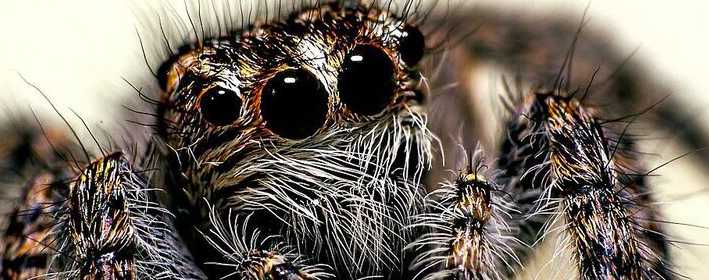
Spider – Entomology
July 15, 2021Spiders have a body that is divided into two parts: the “cephalothorax” (fused head and thorax) and the abdomen. They have eight legs, while insects have six. They have neither wings nor antennae. At the end of their abdomen are the “threads”, from which come the silk threads which are used to make the canvas, the shelters and […]
Read More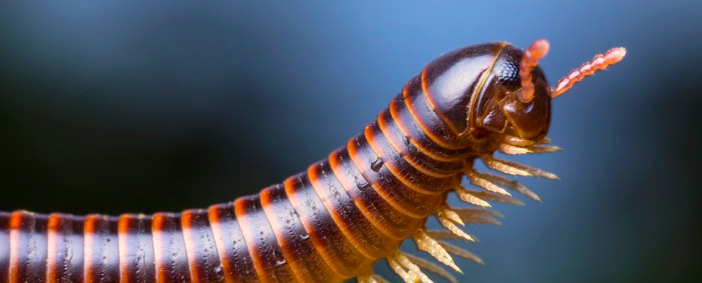
Myriapods – Entomology
July 15, 2021Myriapods are arthropods with elongated bodies. The head carries the antennae and is followed by several segments which each support either one or two pairs of legs. This order includes in particular the millipedes or centipedes (Diplopods) and the centipedes or centipedes (Chilopods). What are the differences between millipedes and centipedes? Millipedes have a body that is […]
Read More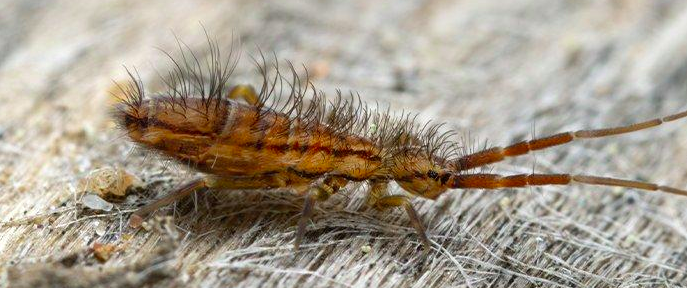
Springtail – Entomology
July 15, 2021Although they have six legs, springtails are not insects because, among other things, their mouthparts are hidden in their heads. In comparison, the mouthparts of insects are projected outward from the head and easily discernible. Springtails are very small, wingless arthropods that vary greatly in shape, size and color depending on the species. Most are less than […]
Read More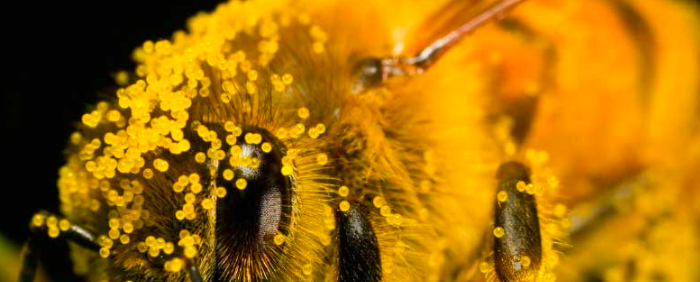
What is an Insect? A weird way to breathe, Body in 3 parts, Metramorphosis
July 15, 2021What is an Insect? In the adult stage, the body of insects is divided into three parts: the head, thorax and abdomen. It has three pairs of legs and often wings. Keeping in mind these characteristics peculiar to insects, they can easily be distinguished from other arthropods. However, it should be noted that the world […]
Read More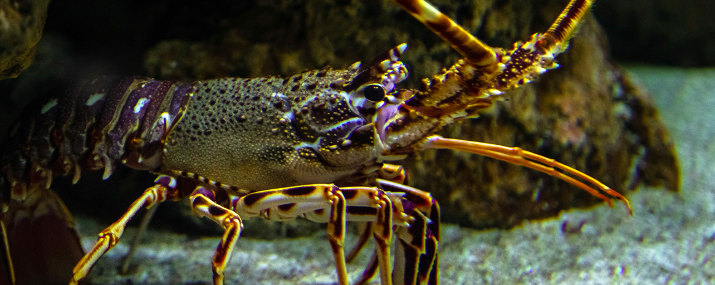
What is an Arthropod?
July 15, 2021For many people, all small animals, be they slugs, earthworms, spiders, centipedes, woodlice, ladybugs or ants, can be categorized indiscriminately. tote: bugs! However, when we look at them a little more closely, we quickly realize that these little animals are not all the same. Some are insects, some are not. With a minimum of knowledge, it becomes easy […]
Read More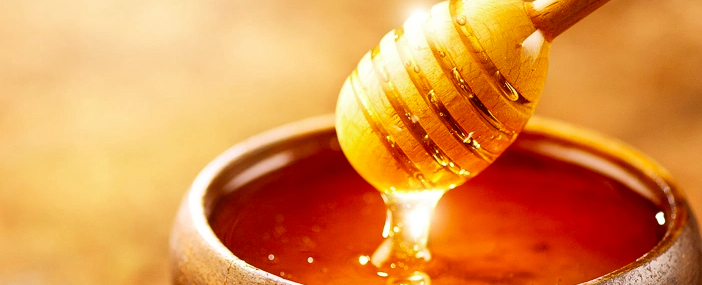
All about “Honey”, and its multiple uses
April 30, 2020Honey is a sweet substance made by bees using nectar from flowers. Composed of more than 80% carbohydrates, it is a food rich in energy and relatively pure. In fact, there are mainly two sugars: fructose and glucose, two simple sugars which do not require any digestion before their absorption and which are easily and directly assimilated […]
Read More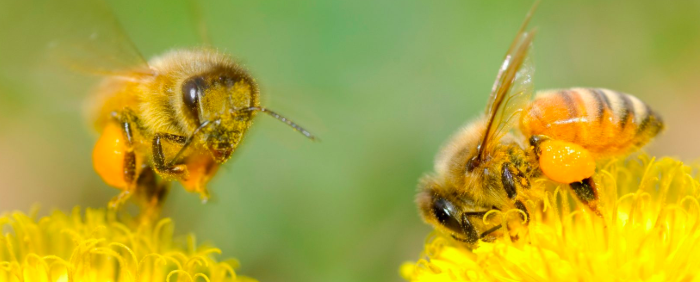
What is killing our Bees?
March 26, 2020The colony collapse syndrome The abnormally high and unexplained mortality of bees started several years ago. This phenomenon was named syndrome colony collapse (in English, Colony Collapse Disorder : CCD). CCD is a great cause for concern and a lot of resources are being invested to combat it. Researchers have struggled to summarize the causes clearly, but there are several […]
Read More
Better pollinate seed production plots
July 11, 2018For several years, the seed and beekeeping sectors have been working to strengthen relations between their two businesses. The latest tool is Beewapi.com, a promising trading platform. Beekeeping and agriculture flourish Bees are crucial for the production of oilseeds (rapeseed, sunflower, etc.), particularly in seed multiplication , where the quality and quantity of the seeds are essential. Pollinating insects participate […]
Read More
How to save POLLINATING INSECTS from extinction?
July 1, 2018In the face of the decline of pollinators, especially insects, there is no miracle recipe, explains Colin Fontaine, from the National Museum of Natural History. However, the more respectful practices of biodiversity that emerged in the 1990s seem to have slowed down this decline in populations. Be careful, however, he explains, because there is a decline in […]
Read More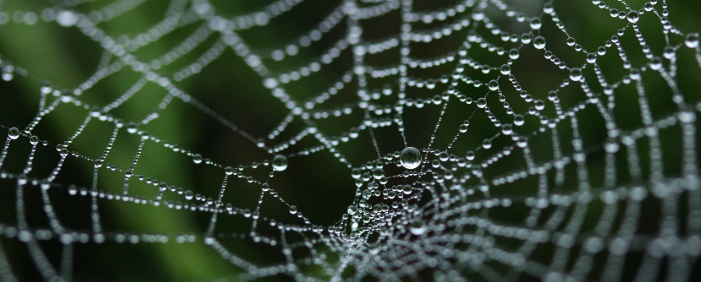
Spider silk: the secrets of its resistance finally revealed
July 1, 2018Spider silk has exceptional qualities that scientists would like to reproduce. Before that, one must understand the mechanism that governs its formation. And a Japanese team seems to have taken a step further in this direction. Extremely resistant and at the same time, surprisingly flexible, spider silk intrigues as much as it interests the researchers. Because such silk, produced on a […]
Read More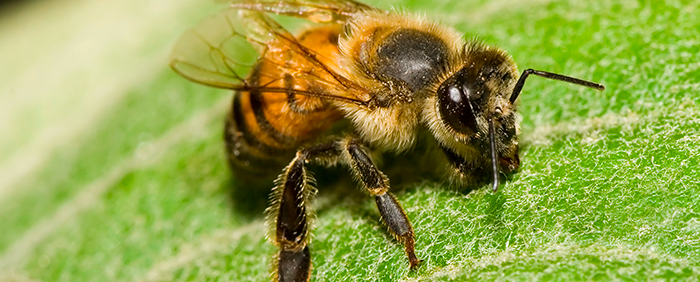
BEES understand the concept of ZERO
July 1, 2018Researchers trained bees to recognize images with the smallest number of elements and showed that they understood the concept of zero. This is surprising for an insect that has less than a million neurons, when the human brain contains 86 billion. The bee is an interesting model for studying the intelligence of insects: they learn from each other […]
Read More